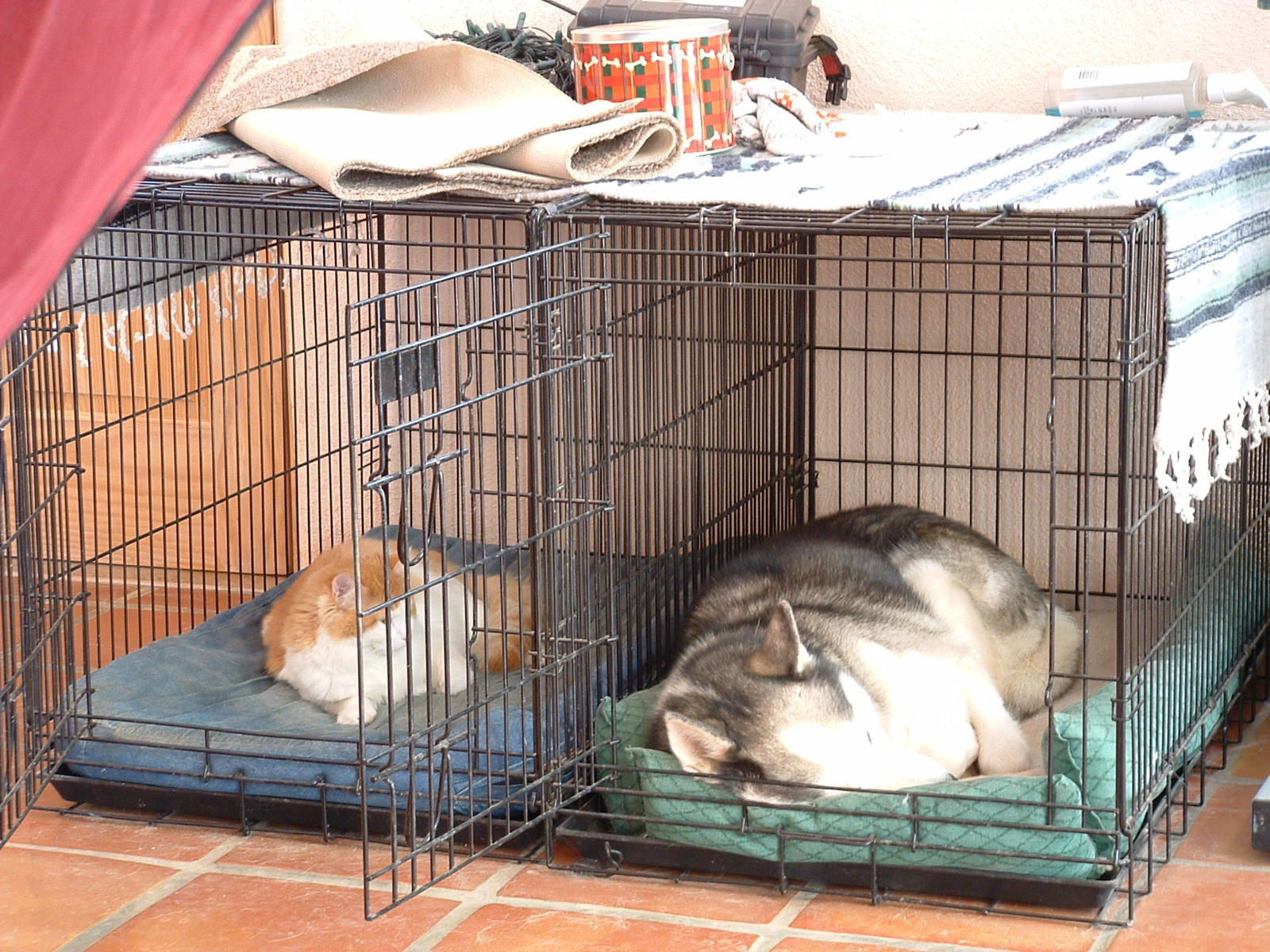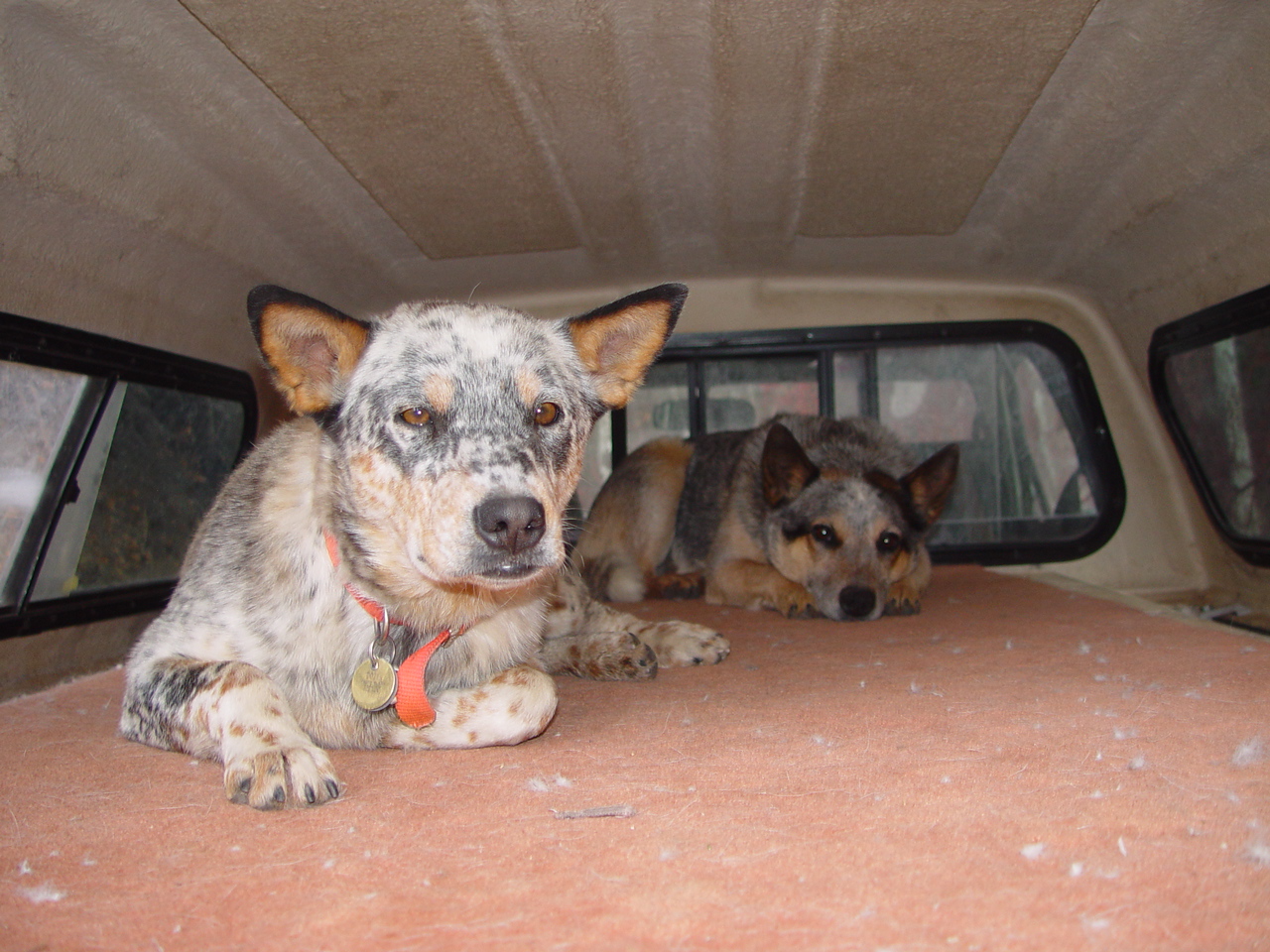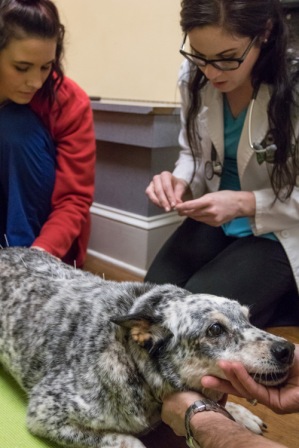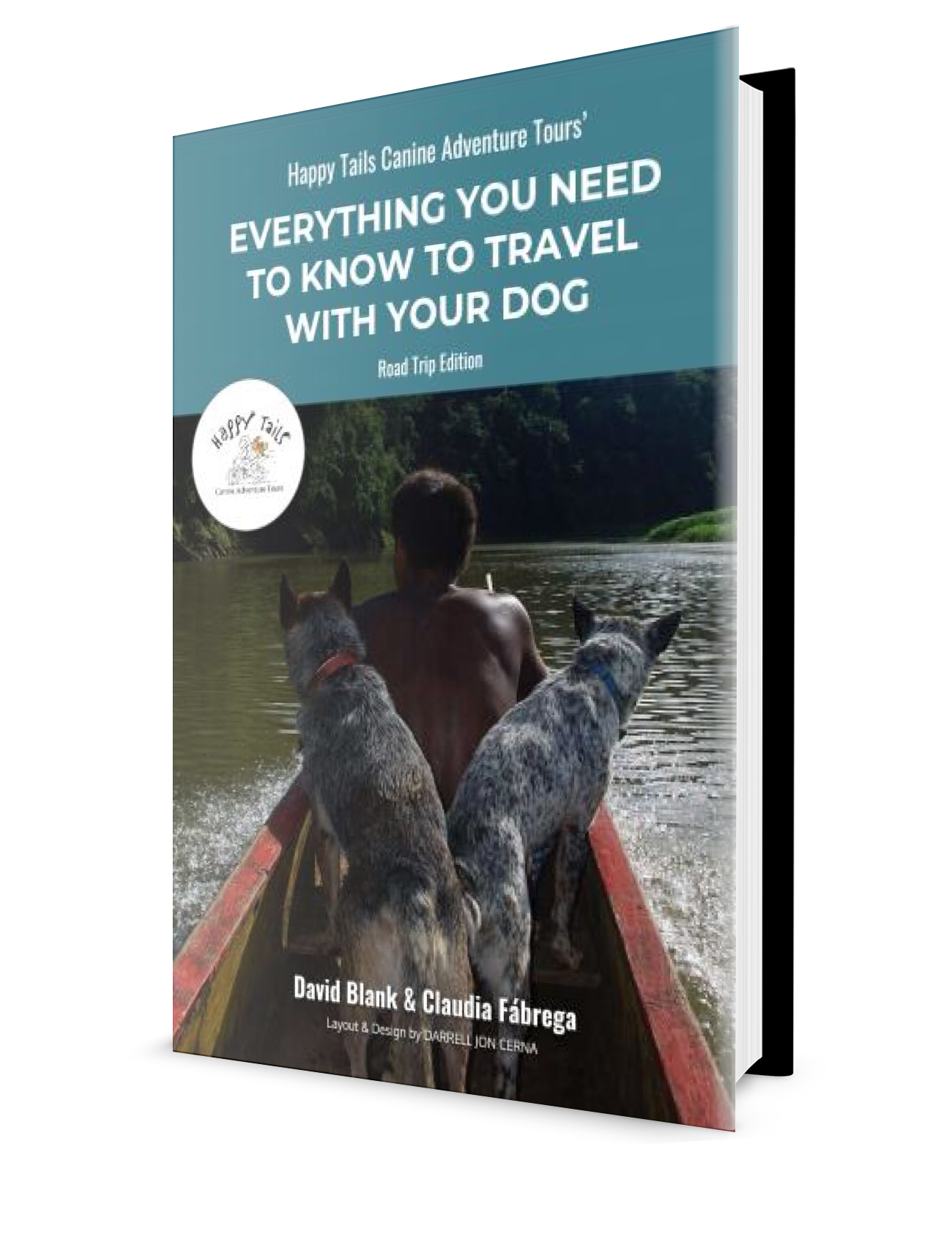Summertime is the best time for you to head out into the world with your best four-legged friend. Nothing beats the heat quite like a day of hiking through a forests’ trails, a road trip to a new town or the scent of salty ocean water at the beach.
Get ready for an outdoor adventure with these dog-friendly travel and activity tips:
Camping and Hiking

Before heading to your nearest national or state park, make sure they allow dogs. Many parks either prohibit dogs or require them to be on leashes. You should also keep in mind the dog’s paws—rocky and hot surface terrains can injure your friend. Store-bought or homemade dog booties help prevent injury.
As with any outing, pack plenty of water, a collapsible water bowl, food, poop bags, and a dog brush. Practice ahead of time so your dog knows not to wander into other people’s campsites, chase after wild animals, or chew on any vegetation along hiking trails. Keep in mind that snakes, ticks, and poisonous plants are all active dangers to your dog’s health. In addition to bringing a first-aid kit, check in advance on where the nearest pet emergency clinic is to your campsite.
When it comes it sleeping, most dogs will be fine with just a wool blanket, but if they seem a bit skittish, a light, fabric-walled crate could provide them the extra security necessary for a restful sleep.
Water Activities
Dogs love the water, but make sure you’ve taught your dog to be comfortable with being in water before taking them out to do any water activities with you. Also, be aware that some breeds, like bulldogs and pugs, may have a harder time swimming because of their body structure.
Whatever breed of dog you have, when taking them to do water activities like paddle boarding or kayaking, make sure they wear a life jacket and that your board or kayak have the surface area necessary for stability and to avoid capsizing.
It’s also a good idea to get your dog comfortable with your equipment by letting them sniff it out, explore it and learn to get on and off it while still on dry land.
Traveling with dogs
 When going on an adventure with your dog, you’ll likely be traveling via driving or flying.
When going on an adventure with your dog, you’ll likely be traveling via driving or flying.
Whether you rent a car or use your own, the process is straightforward. Bring plenty of water so they can stay hydrated during the drive and a safety harness to keep them safe in case of an accident. If your dog will be a frequent passenger in your car, you may want to invest in seat covers specifically made for dogs. Depending on what kind of vehicle you have, another great option is crating or barriers if you have a large trunk space.You should also try a test run to see if they experience motion sickness or nervousness while traveling.
If your travel happens to be overseas or prohibitively long for car travel, you and your dog may have to fly. Make sure you consult the airline you’re flying on before buying tickets to learn about any pet travel rules. Keep in mind that most major airlines also have a limit for the number of pets they can have onboard a plane and that you’ll have to pay a fee for your pet to board a plane with you.
Oh the places you two will go

The most important takeaway is that you should always think of your dog’s comfort and safety. For example, although many people travel with dogs, most don’t think to use a pet restraint to keep their pet safe. While seeing your dog stick their head out a car window, roam freely down a trail, or splash at fish on a kayak may seem fun and picture-perfect for you, those situations can be potentially hazardous and stressful for your dog. By taking the appropriate precautions in advance, you can help protect them and make the experience so enjoyable that they’ll be running circles around you wanting to go again.
Ready to start your adventure, but don’t know where to go? Check out one of our tour packages!



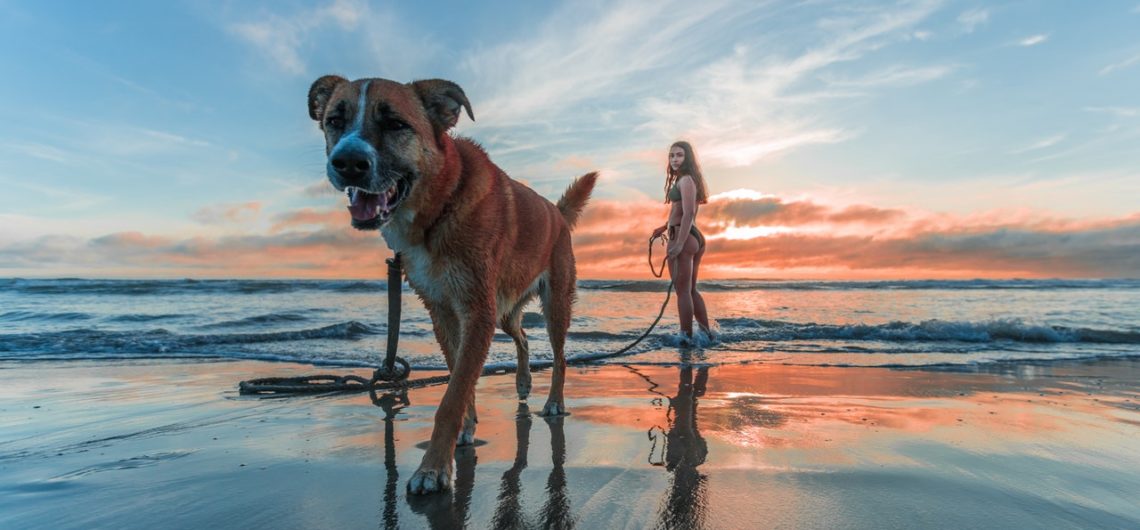
 You may also want to be prepared to wipe the sand from your dog’s face. Bring a water bottle and perhaps a soft rag that you can soak in water and gently sweep away sand from their eyes and nose area. If your pup is a big sniffer, they will likely get sand in their face and that can get uncomfortable.
You may also want to be prepared to wipe the sand from your dog’s face. Bring a water bottle and perhaps a soft rag that you can soak in water and gently sweep away sand from their eyes and nose area. If your pup is a big sniffer, they will likely get sand in their face and that can get uncomfortable.


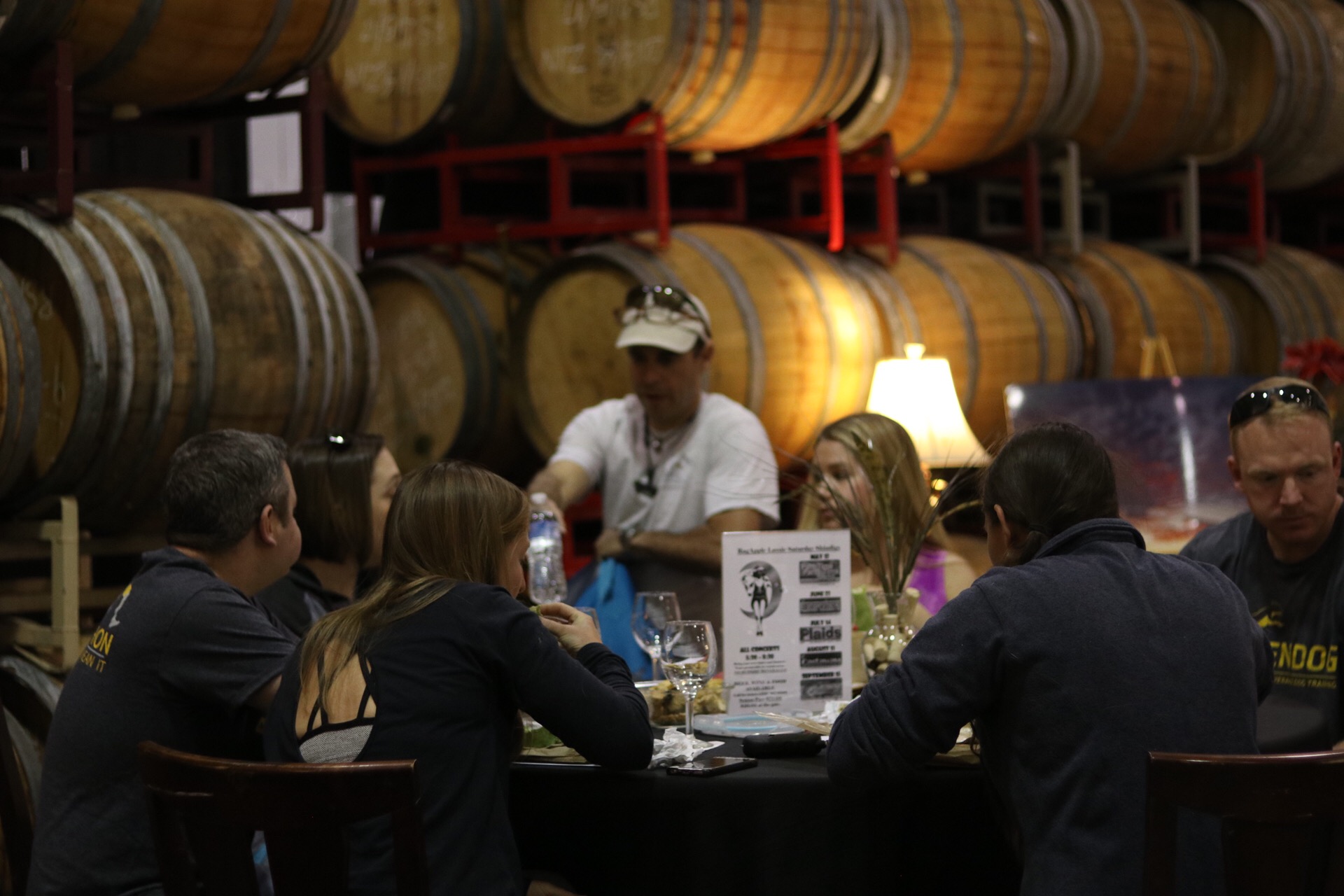






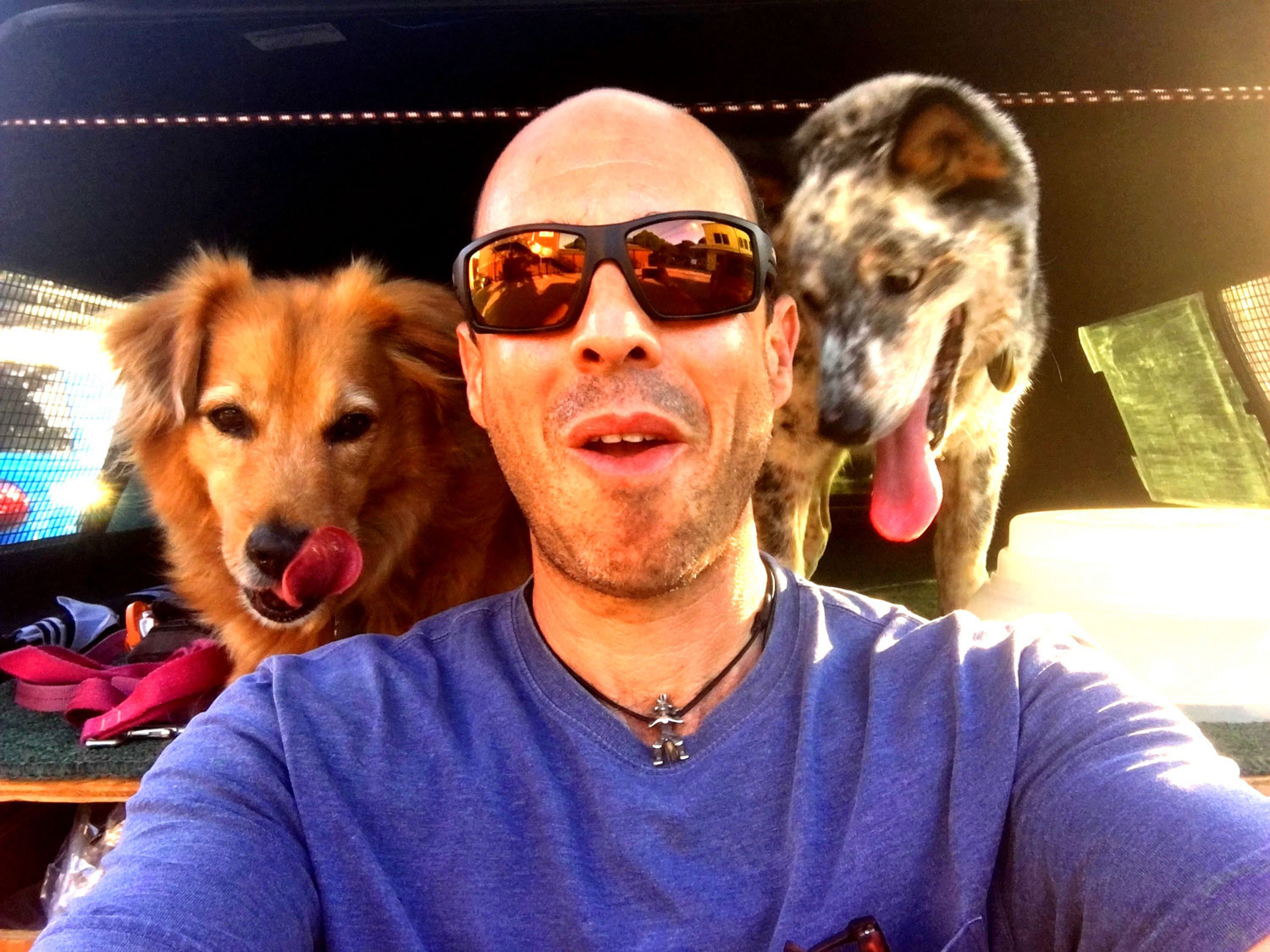

 A perfect example that Turid gives is that when a dog perceives another dog or person as being aggressive, his instinct is to give one or several calming signals, such as licking his lips or turning away to stop the aggressive behavior. But a human who is giving the dog a command to come in a loud voice and doesn’t understand the signals may interpret them as defiance or disobedience, and become louder or more aggressive, confusing the dog even more.
A perfect example that Turid gives is that when a dog perceives another dog or person as being aggressive, his instinct is to give one or several calming signals, such as licking his lips or turning away to stop the aggressive behavior. But a human who is giving the dog a command to come in a loud voice and doesn’t understand the signals may interpret them as defiance or disobedience, and become louder or more aggressive, confusing the dog even more. Some of the calming signals that she discusses that are so subtle that you would not even notice them if you don’t know what to look for are also the most commonly used. Besides lip licking and turning away or turning the head, there is yawning, sniffing the ground, sitting down and even wagging the tail. So the next time you are trying to take your dog’s picture and you’re getting frustrated because she keeps turning away from the camera or licking her lips, respect that and try to make it fun for both of you.
Some of the calming signals that she discusses that are so subtle that you would not even notice them if you don’t know what to look for are also the most commonly used. Besides lip licking and turning away or turning the head, there is yawning, sniffing the ground, sitting down and even wagging the tail. So the next time you are trying to take your dog’s picture and you’re getting frustrated because she keeps turning away from the camera or licking her lips, respect that and try to make it fun for both of you.
 Studying dog body language and Ms. Rugaas’ book and videos on calming signals was transformational for my relationship with my dogs as well as my work as a dog trainer. I think that they should be required material for all dog owners and highly encourage everyone to study them. We share our world with our dogs. It’s imperative that for a successful relationship with them that we understand their needs and are able to communicate with them. Once you understand calming signals, not only will your dog be able to communicate with you, but you will be able to use the same signals to communicate with, and if necessary calm your dog when they are stressed.
Studying dog body language and Ms. Rugaas’ book and videos on calming signals was transformational for my relationship with my dogs as well as my work as a dog trainer. I think that they should be required material for all dog owners and highly encourage everyone to study them. We share our world with our dogs. It’s imperative that for a successful relationship with them that we understand their needs and are able to communicate with them. Once you understand calming signals, not only will your dog be able to communicate with you, but you will be able to use the same signals to communicate with, and if necessary calm your dog when they are stressed.










